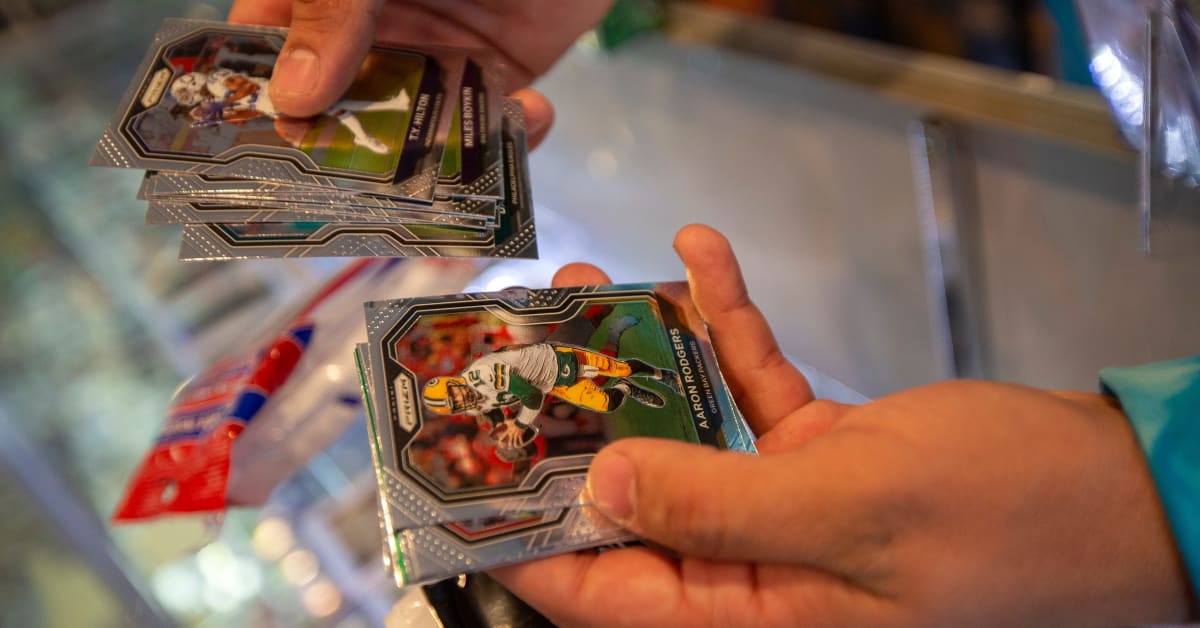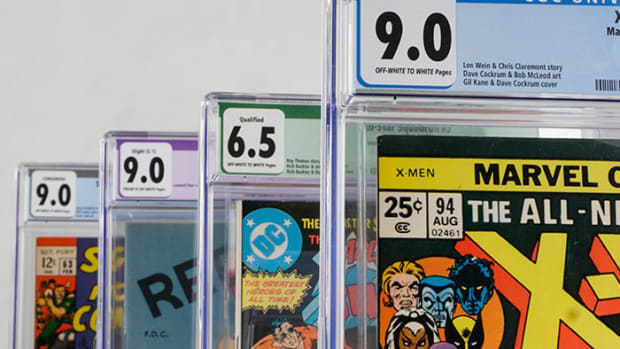
Beginner Tips and Tricks for Attending Sports Card Shows
Sports Illustrated aims to feature only the best products and services. If you buy something via one of our links, we may earn a commission.
The sports card hobby continues to grow, and while there are a number of reputable and reliable online marketplaces, it’s important to take the time to visit local, regional and even national card shows when possible.
Card shows provide a variety of benefits that aren’t always available when searching online. For example, card shows can often feature sellers willing to move cards for less than comparable prices online — but you have to know how to set yourself up to get those bargain deals.
Below you’ll find some beginner tips and tricks for navigating these events like a pro.
Do your research
Many buyers will often have an extremely narrow focus when it comes to purchasing, and that can often be a major benefit for those looking to buy and sell for a profit. It can result in tunnel vision, however, and cause missed opportunities.
Whatever your objective, it’s important to prepare yourself with as much research as possible prior to the show. This may mean having a basic understanding of where the show is taking place, which can impact the types of players and teams that will be available. Some sports may even be cheaper based on seasonality. You should also simply know which players are hot (or not) and have a general gauge on where their demand sits.
Showing up to card shows with a better understanding of the entire market can often be the difference between leaving the show empty handed and finding several desirable cards at discounted prices.
It’s worth noting that these days everyone is on their phones at shows looking up prices in real time. It’s acceptable etiquette to stay up-to-date on the latest trends.
Be prepared to negotiate
You’ll often walk around shows and see sticker prices far above what the actual market demands. Dealers know they have cards listed high and they know savvy sellers are looking to pay a fraction of the cost. Because of this, it’s important to develop strong negotiating skills while being able to build relationships.
Be prepared to create relationships with vendors, as being a responsible, friendly buyer can go a long way. Many sellers are willing to work with you, and they’ll remember your face if you come prepared and help them move inventory. This is important because these sellers may be more willing to cut you a deal later on, too.
Being friendly also doesn’t mean you can’t start off with a lower offer. As a buyer, look to start at a number well below the market while understanding that the seller is going to bring it back up toward a middle ground.
Don’t ignore value boxes
Value boxes can indeed be valuable.
While it’s easy to focus on displays showcasing high-end cards, pairing together singles from value boxes to pick up several cards for a heavily-discounted price can be a great strategy.
You’d be surprised what some sellers are willing to make happen for you just to get some of the lower-dollar cards in their inventory moved for cash. Take your time to sort through value boxes when you have a decent understanding of the market.
If you’re only interested in higher-dollar cards, you actually can implement a similar strategy. While you may not be able to get as big of a steal on more desirable cards, sellers are more likely to serve up a deal if you’re helping them get more items sold.
Be patient
Another important strategy is implementing patience. This may sound basic, but there are a number of reasons why being patient is critical at card shows.
It ensures you give yourself a chance to see what is available. If you enter a show and have spent your budget after visiting just a handful of vendors, you haven’t given yourself a chance to gain a sense of what deals are available and the overall inventory of the event.
Don’t spend too quickly unless you see an opportunity that you simply can’t pass up. Consider taking a couple of laps around the show before spending your allocated funds for the weekend.
Another popular strategy can be waiting for the final day to find some seriously underpriced options. Dealers enter the show looking to move as much inventory as possible, which means on the final day (or in the final hours, depending on the length and size of the show) you’re likely to find a handful of sellers looking to get rid of cards for pennies on the dollar. Stay until closing time and be ready to capitalize.
Sports Illustrated aims to feature only the best products and services. If you buy something via one of our links, we may earn a commission.





